Galapagos Species Database
The Galapagos Species Database shares the information about the species from our Natural History Collections.
Ectopsocus maindroni
Scavenger; littoral and arid zone, and an associate with man's dwellings and produce; all Galápagos collections are from near inhabited areas except for on Genovesa; February-May.
Domain
Eukaryota
Kingdom
Animalia
Phylum
Arthropoda
Class
Insecta
Order
Psocoptera
Suborder
Psocomorpha
Family
Ectopsocidae
Genus
Ectopsocus
Species
maindroni
Taxon category: Accepted
Origin: Introduced - established
Year of first record: 1967
Mode of introduction: Accidental
Introduction Pathway: Contaminant
Subpathway: Food contaminant
Introduced status: Naturalized
Invasive status: Unlikely to become invasive
Map of specimen collection localities or observation records for this species in our collections database.
Distribution: Genovesa, Isabela, San Cristobal, Santa Cruz
- Peck, S.B. (2001) Smaller Orders of Insects of the Galápagos Islands, Ecuador: Evolution, Ecology, and Diversity. NRC Research Press, Ottawa, Ontario, Canada, 278 pp.
- Peck, S.B. Heraty, J., Landry, B. & Sinclair, B.J. (1998) Introduced insect fauna of an oceanic archipelago: The Galápagos Islands, Ecuador. Am. Entomol. 44: 218-237.
- Thornton, I.W.B. Woo, A.K.T. (1973) Psocoptera of the Galapagos Islands. Pacific Insects 15(1): 1-58.
- Linsley, E.G. (1977) Insects of the Galápagos (Supplement). Occassional Papers of the Califoria Academy of Sciences 125: 1-50.
- Causton, C.E. Peck, S. B., Sinclair, B. J., Roque-Albelo, L., Hodgson, C. J. & B. Landry. (2006) Alien insects: threats and implications for the conservation of the Galapagos Islands. Annals of the Entomological Society of America, 99(1), 121-143.
You are welcome to download and use the information found in this page, acknowledging its source.
This page should be cited as follows:
"Galapagos Species Database, Ectopsocus maindroni", dataZone. Charles Darwin Foundation, https://datazone.darwinfoundation.org/en/checklist/?species=5813. Accessed 5 July 2025.

